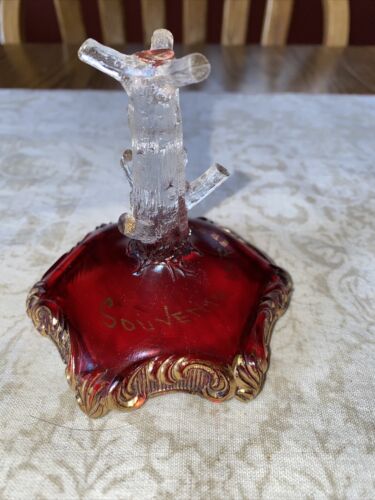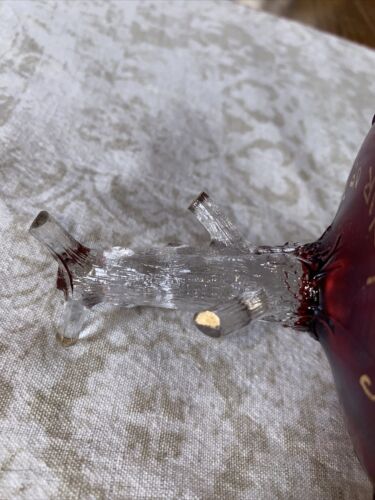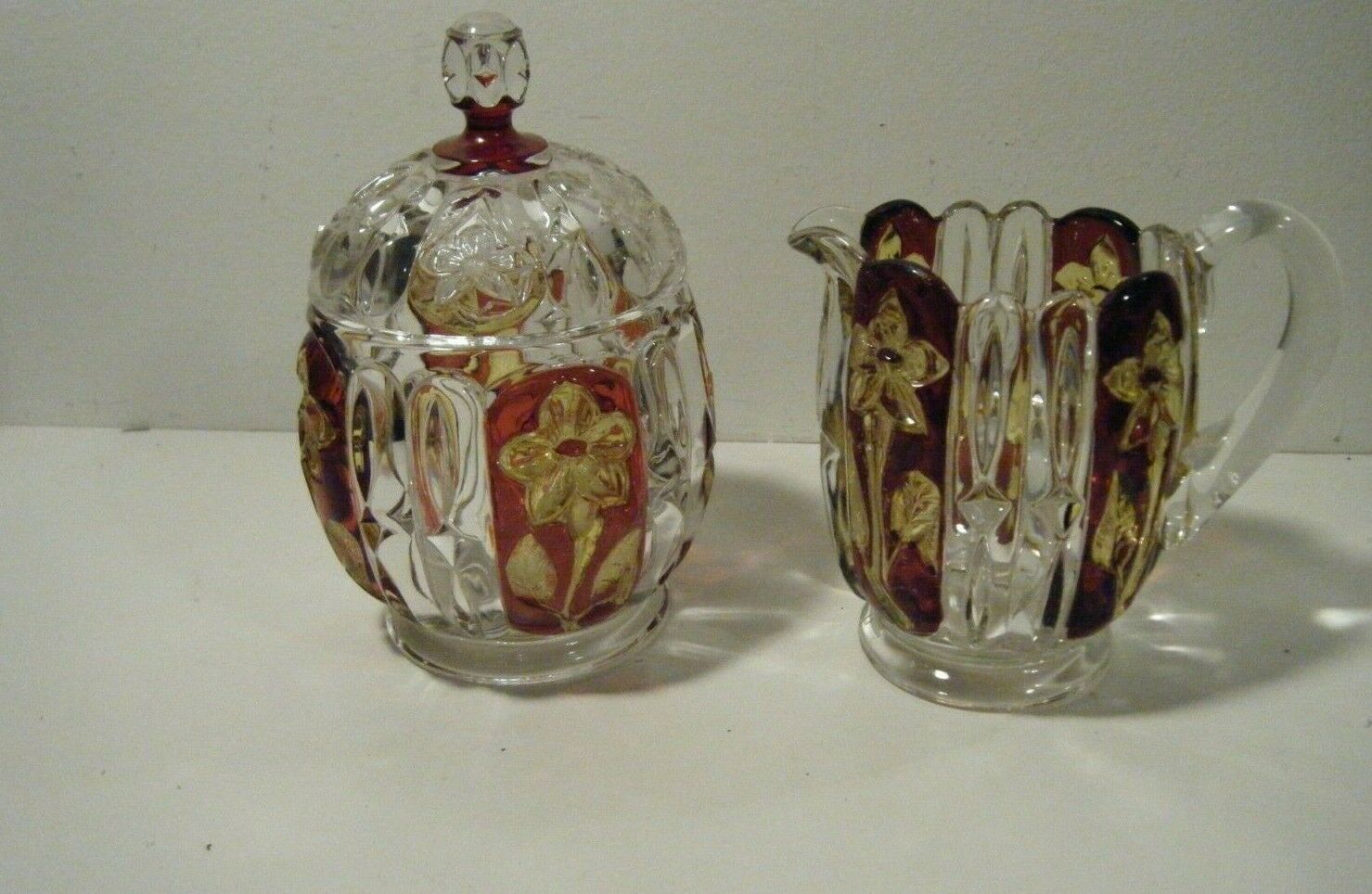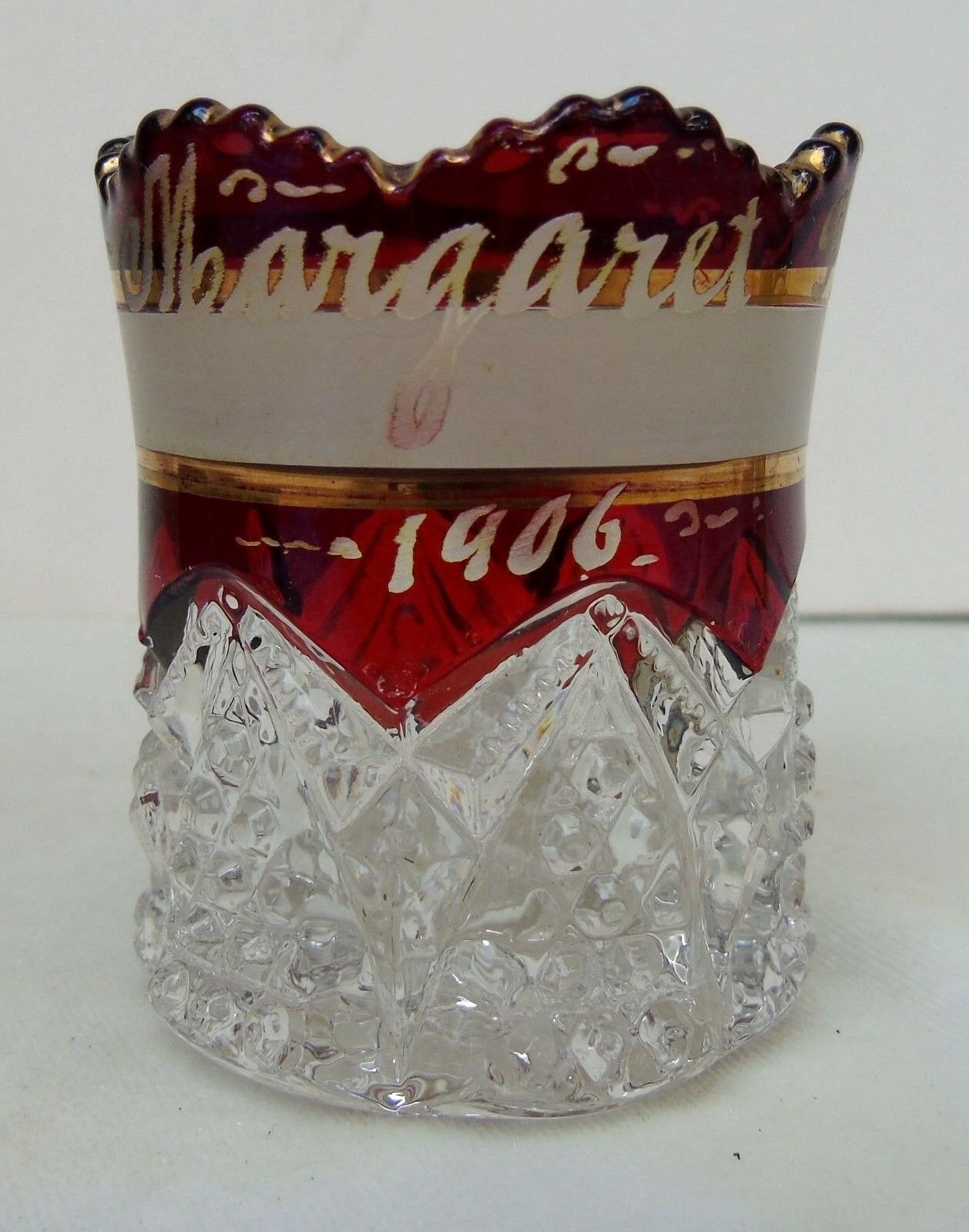-40%
RUBY STAINED RING TREE HOLDER Ferrona, N.S. Nova Scotia Ferrona Iron Works RARE
$ 92.4
- Description
- Size Guide
Description
RUBY STAINED RING TREEThis little novelty item is very hard to come by and has a great history behind it regarding its souveniring!
It is souvenired with “Souvenir of Ferrona, N.S."
It has gold highlights and is in great condition with no chips, measuring 3 1/2" tall.
See
https://www.google.com/url?sa=t&rct=j&q=&esrc=s&source=web&cd=&ved=2ahUKEwjPgpHIk8rwAhXWLs0KHV-mBCoQFjACegQIBRAD&url=https%3A%2F%2Fjournals.lib.unb.ca%2Findex.php%2FAcadiensis%2Farticle%2Fdownload%2F11625%2F12374%2F15619&usg=AOvVaw2X22hpkpjpWRT6QUeTgP62
In 1892, A LITTLE COMPANY TOWN in Pictou County, christened Ferrona, was given its lifeblood by the establishment of a local iron works. The iron works was part of the rapid expansion of what was later to become the Nova Scotia Steel and Coal Company (Scotia). The works were located strategically on the intersection of the Intercolonial Railway and a local rail spur which connected the iron plant with iron mines at Bridgeville and Springville. The pig iron produced at the plant was exported to Central Canada as well as used in the production of local steel in nearby Trenton. Twelve years after its construction the blast furnace, along with the primary steel facilities in Trenton, was closed permanently. Deficiencies in the local coal and iron supplies had prompted the relocation of local iron and steel production to Scotia's works at Sydney Mines on Cape Breton Island.1 The objective here is not to elaborate on the economic factors behind the decline of the Ferrona plant but to present and comment on the content of a poem, commemorating the men who worked at the plant.2 Written by E.R. Fraser, "Ferrona Iron Works" indicates the attachment which existed between the community and the industry and describes the friendly relations which ap-parently prevailed between Scotia and their workers. The beginning words of the poem give a vivid sense of loss after the closure of the plant: "No smoke doth is-sue from the chimney stacks,/...No roar is heard from out the bluder's mouth, /...All, all is quiet around the works today". The writer even writes sentimental-ly of the little shunter engine that flew through the yard: "Yes, all who knew it, will its praises tell". The poem also pays tribute to imported skilled workers, "who hailed from England's shore" (and Scotland's), the manager, "old Mr. Aitkens, a real canny Scot", and many of the local men. Of the latter, one finds "the moral strong", "these hardy sons of toil", "Who held their places, faithful to the last". These comments, coming from somebody who was undoubtedly very familiar with the iron works, confirm a picture of cooperation and harmony described by Scotia's local historian, James Cameron, and stressed by Peter Neary in the case of Scotia's iron mines on Bell Island, Newfoundland.3 These 1 James Cameron, The Industrial History of the New Glasgow District (New Glasgow, 1960) and L.D. McCann, "The Mercantile-Industrial Transition in the Metals Towns of Pictou County, 1857-1931", Acadiensis, X, 2 (Spring 1981), pp. 29-64. 2 Free Lance (Westville), 26 January 1906. 3 Cameron, Industrial History and Peter Neary, "Bell Island Ballads", R. Fraser et al., eds., East of Canada (St. John's, 1976), pp. 186-193.
Ferrona Iron Works 99 observers play down the role of confrontation and dissent in describing the working climate of Scotia. Similarly, from the men described in the poem, one could probably expect dissent from one group only, namely those "moral weak-lings, prone to stray away/From duty's path". There is obviously some truth in this harmonious picture. But the interests of the town of Ferrona and its iron workers were also, on occasion, in conflict with those of the company. In 1897, for example, Scotia implemented a ten per cent wage cut for all its employees, owing to, it was stated, the depression in the steel trade. At the same time, however, Scotia received an increase in the bounty, a federal subsidy, on pig iron production. The combined effect of the wage cut and the increase in the bounty angered the community. The Ferrona correspondent to the Pictou Advocate wrote: "It is well-known that many of the employees were almost on starvation wages before, and to cut them 10% is one of the most con-temptible acts ever perpetrated by the company. Would they please let the employees know how much they received from the government each month, and year, and compare it to the starvation wages they intend offering said employees".4 It was at this stage that the iron workers, along with Scotia's Trenton employees, joined the Provincial Workmen's Association. As many as 250 men in Trenton, New Glasgow and Ferrona joined the union ranks. Scotia responded harshly by demanding that the workers abandon the union or face dismissal. This ultimatum caused considerable friction among the workers, but in the end the union was broken. One local newspaper commented that the union men and "the men who have been the means of breaking it (the union) up have not acted very honourably".5 After the dispute many workers "had to go West" on account of what the Pictou Advocate called a "misunderstanding about wages".6 A much more substantial point of frustration was the uncertainty of the future for the community. The blast furnace closed permanently in 1904 but already in 1898 there were rumours of a closure circulating in the community.7 The move to Sydney Mines had probably been contemplated even earlier, for despite the high productivity of the plant (its furnace was made for a capacity of 80 tons of pig iron per day but produced 160 tons per day), no improvements were made.8 The lack of improvements seemed to suggest a stage of "winding down", but the local community was assured, by the premier of the province, "that the com-pany had no intention of abandoning the works in Pictou County".9 In 1903 the population of Ferrona again began to suspect that a closure was forthcoming.10
See above URL to read more

















